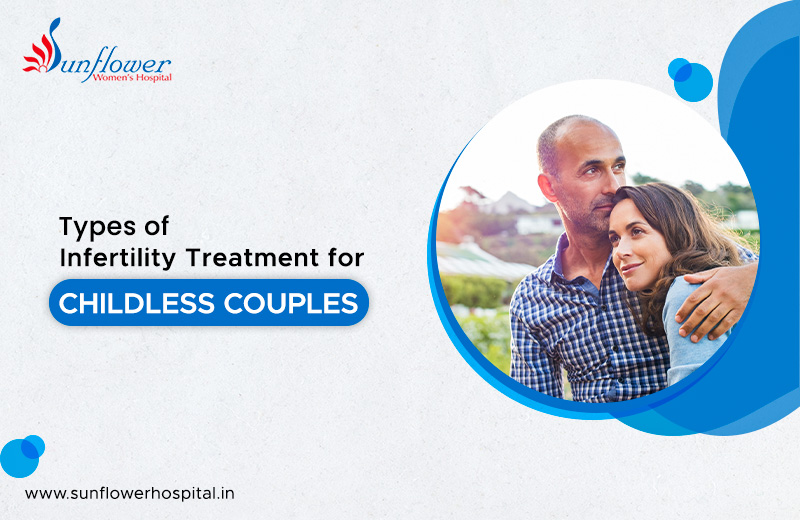Giving birth to a child is the best experience for the couple. Unluckily, many couples cannot encounter this experience in their life for various reasons—some of these reasons undescended testicles, genetic problems, HIV, or other health issues.
However, now there are various infertility treatment in India available at reputed organizations like ours that can cure the inability of males and females to give birth.
According to the criticality of the problem and condition of the patient, there are different treatments to diagnose infertility in males and females.
The first step for any infertility treatment is to perform various tests to identify the problem. Your medical expert will ask you for a blood test, chlamydia test, ultrasound scan, x-ray, laparoscopy, semen analysis, and others according to gender.
After referring reports, a medical expert will assist you with further diagnosing and treating infertility in males or females. There are different reasons that could be behind fertility according to gender.
Significant reasons for female infertility
- Ovulate Failure
- Irregular menstrual cycle
- Problems in gentile or reproductive organs
- Insufficient growth of egg
- Endometriosis
Significant reasons for male infertility
- Problems in hormone
- Erectile dysfunction
- Unhealthy sperms
- Chromosom defects
- Celiac disease
Types of infertility treatments
Ovulation Induction
This treatment uses to develop and release an egg in a woman who is not able to develop their own. Also, this treatment is applied to other women to increase the chance of Conception during intercourse.
Superovulation
Superovulation is the process drugs use to develop two or three eggs. it increases the chase of Conception during intercourse. Superovulation is also called controlled ovarian hyperstimulation.
Mostly, doctors referred superovulation treatment to women who previously went through ovulation treatment and were still unable to conceive. There are high chances of Conception during superovulation as more than one egg stimulates through the drug in this process.
However, there are risks associated with this treatment. During intercourse, if more than two eggs fertilize, it would create big trouble like triplets. Apart from this, there are also chances of Ovarian hyperstimulation syndrome (OHSS).
Assisted Conception
Assisted Conception is not tied to a single treatment, unlike the methods mentioned above. According to condition, Assisted Conception developed numerous techniques to help patients with different medical treatments to conceive. Assisted Conception includes:
Intrauterine insemination (IUI)
In IUI treatment, your medical expert injects sperm cells directly inside women's womb during ovulation. In many cases, they use a combination of fertility drugs and sperm cells to increase the possibility of pregnancy.
In vitro fertilization (IVF)
This medical performance in the lab as it requires high skills and equipment. During the IVF process, women's eggs are separated from their ovaries. Then, sperm cells are injected into these eggs on Petri dishes. It means fertility is induced on a glass dish and translated into a womb.
The entire IVF process can take up to 6 to 8 weeks.
Intracytoplasmic sperm injection (ICSI)
The process requires the direct injection of a single sperm cell into a single egg. The final embryo is then transplanted into the womb.
Blastocyst Culture
The entire Blastocyst procedure is performed in the IVF laboratory. During this process, fertilization is done through IUI or ICSI. In the following process, the embryo produced in the lab is transplanted into the womb for further development.
PGS/PGD
PGS and PGD, respectively, stand for Preimplantation genetic diagnosis (PGD) and Preimplantation Genetic Screening (PGS). This treatment is applied to a couple who goes under IVF treatment. After the embryo's development in the lab, these tests are performed to check the genetic structure before it implants into the womb.
This test aims to comprehend the genetic structure and ensure that it can produce a healthy baby.
Conclusion:
All these infertility treatments can give the experience of pregnancy to someone who is much needed. Thanks to the expertise of our medical staff, who established our hospital as the most reliable infertility hospital in Gujarat.


Leave a Comment